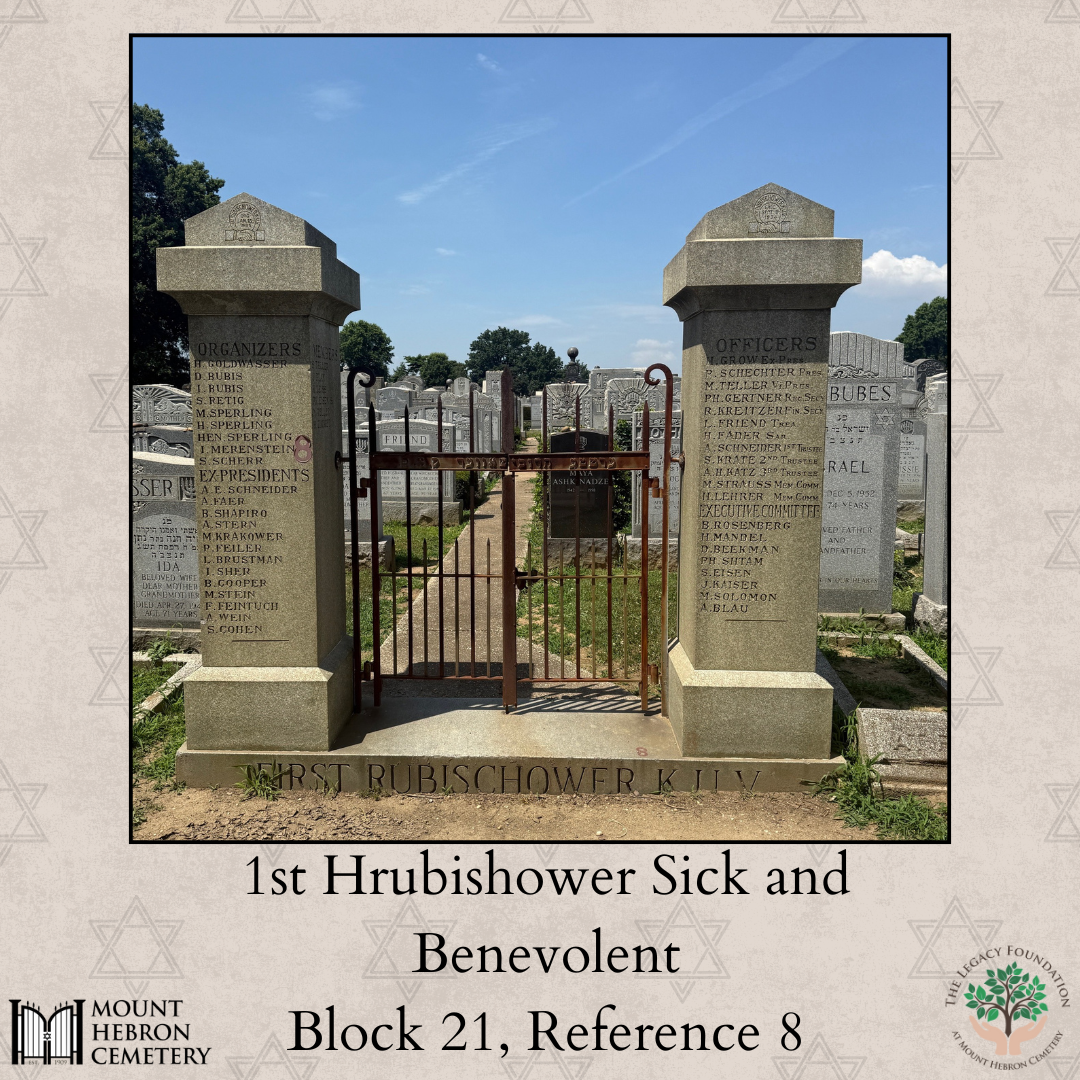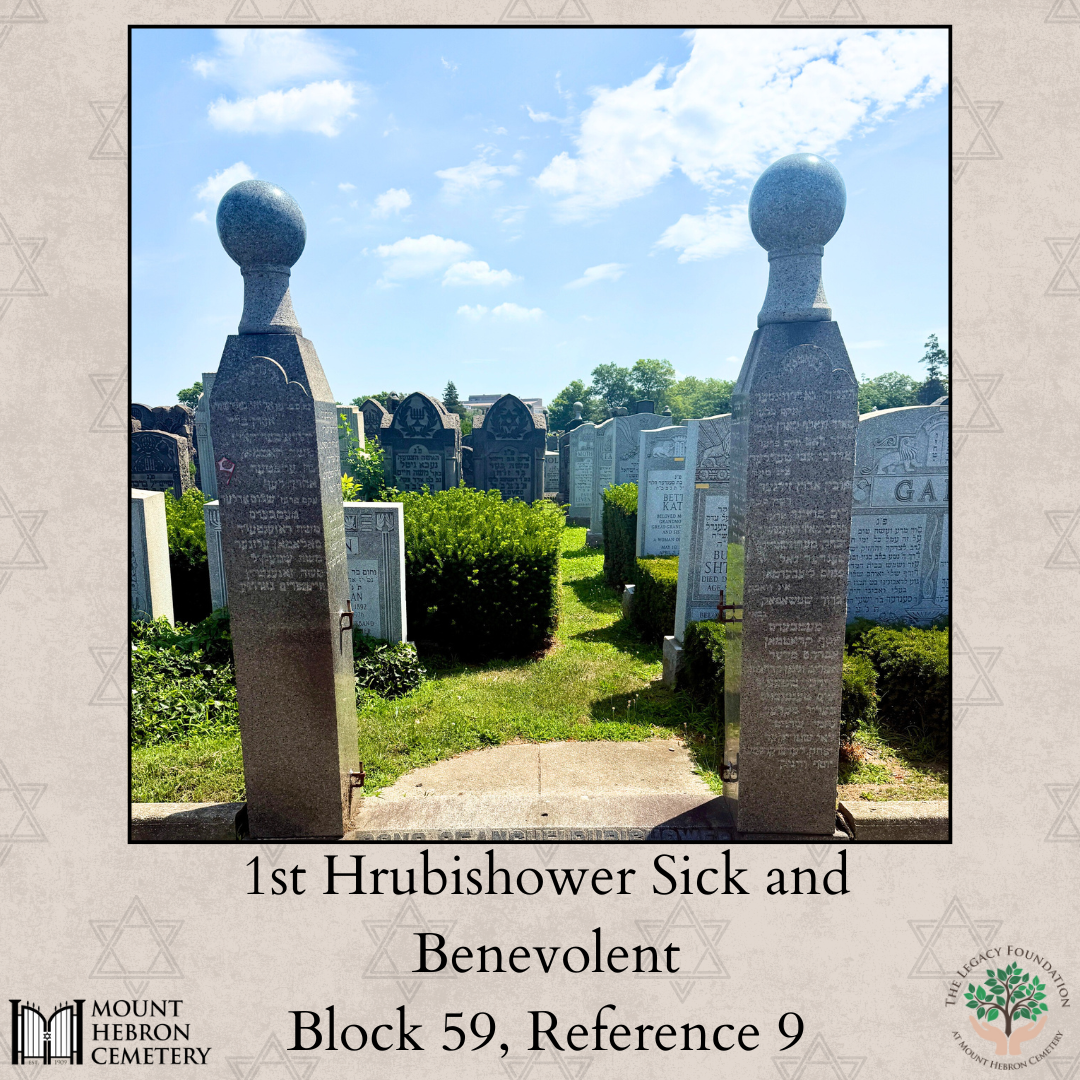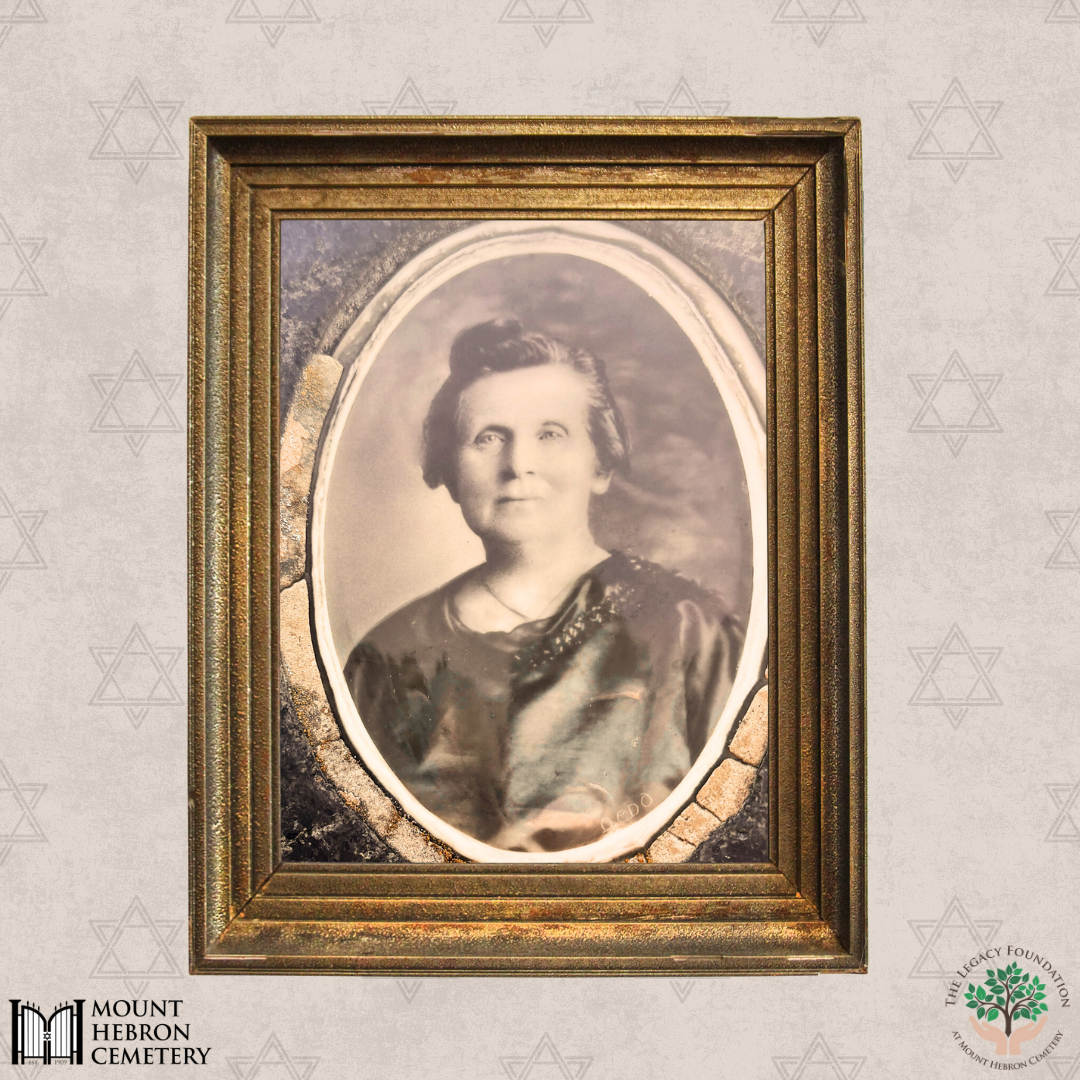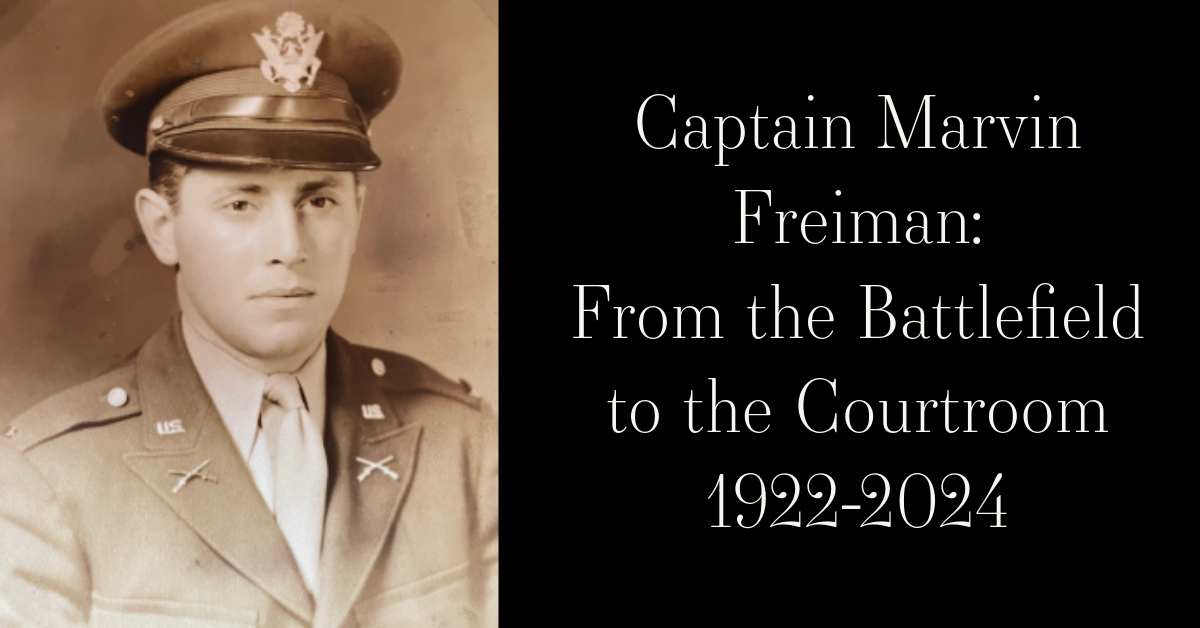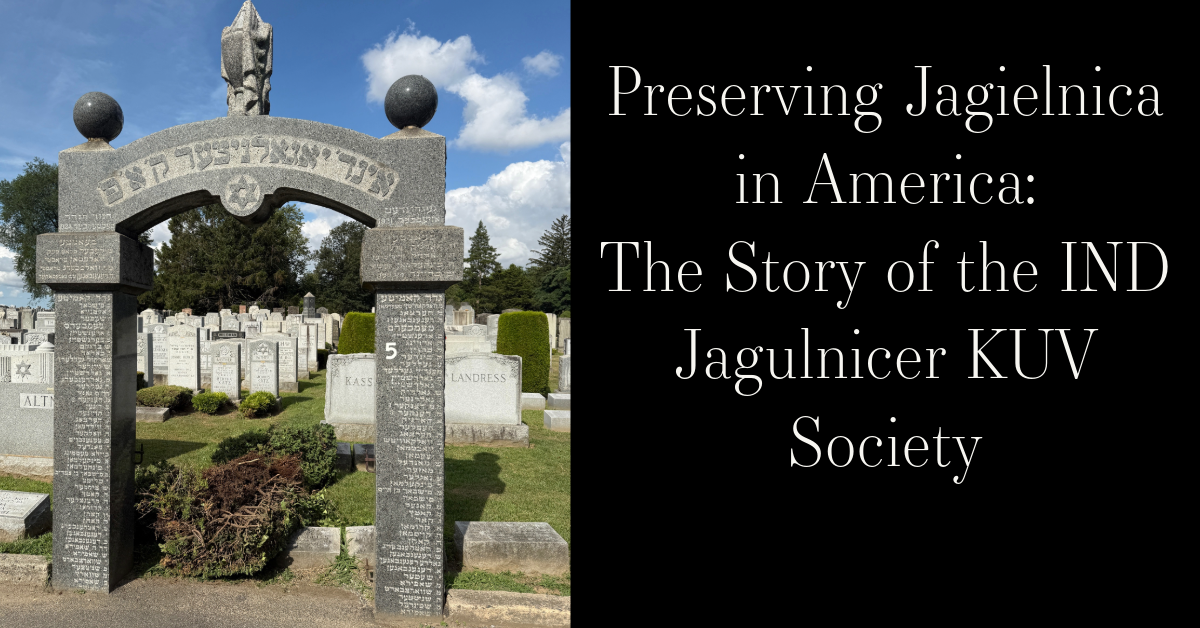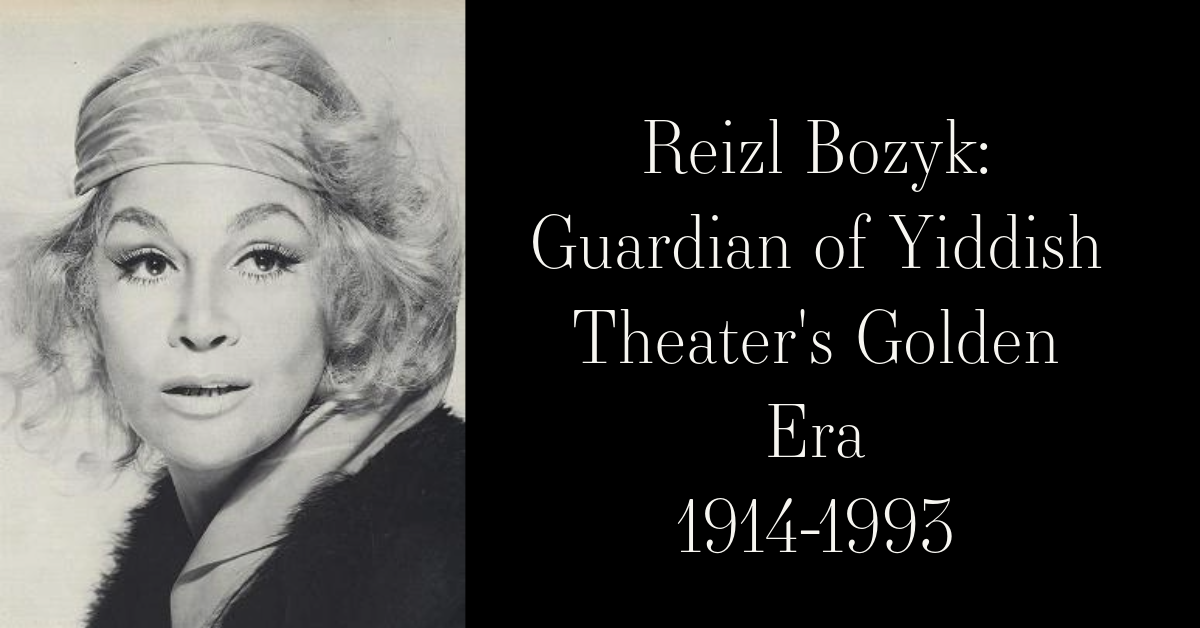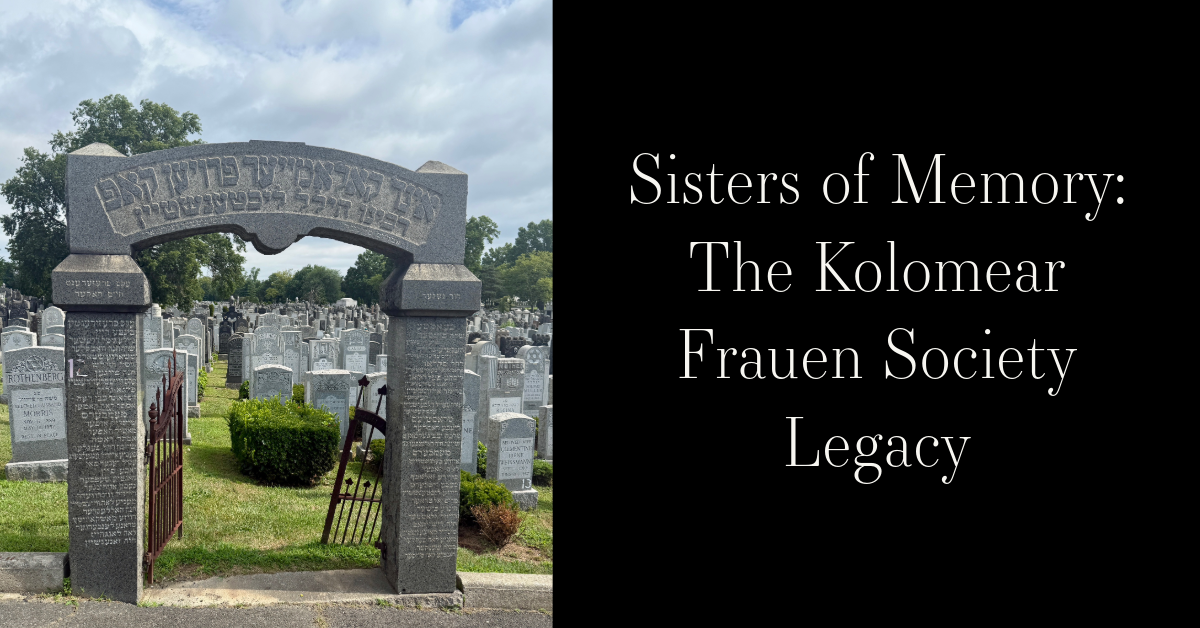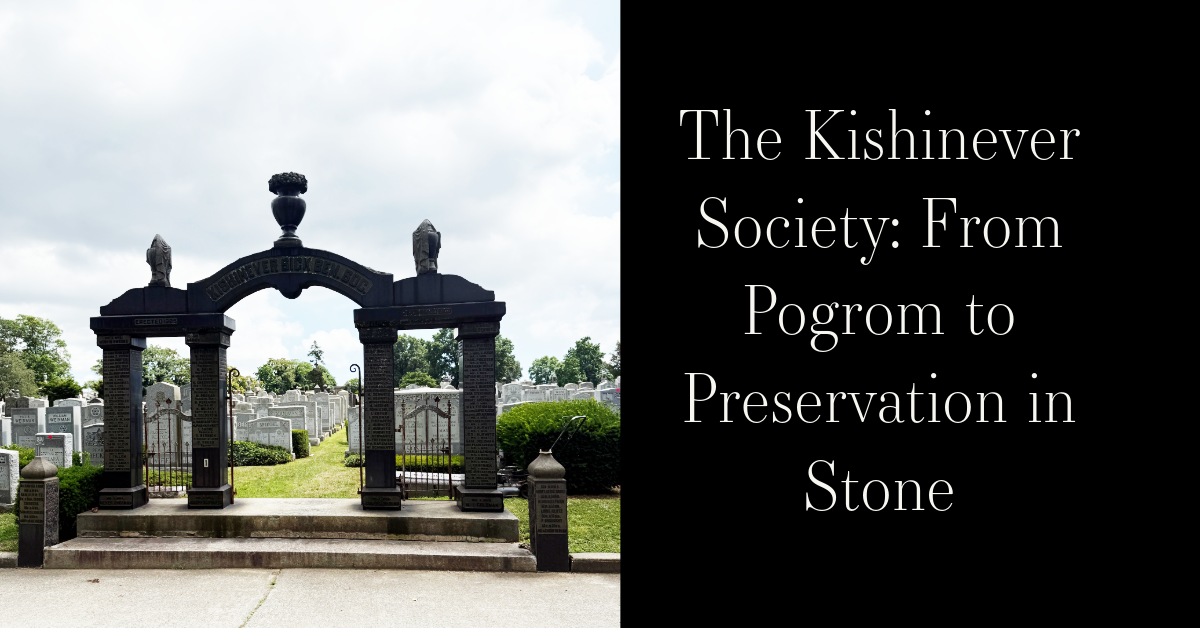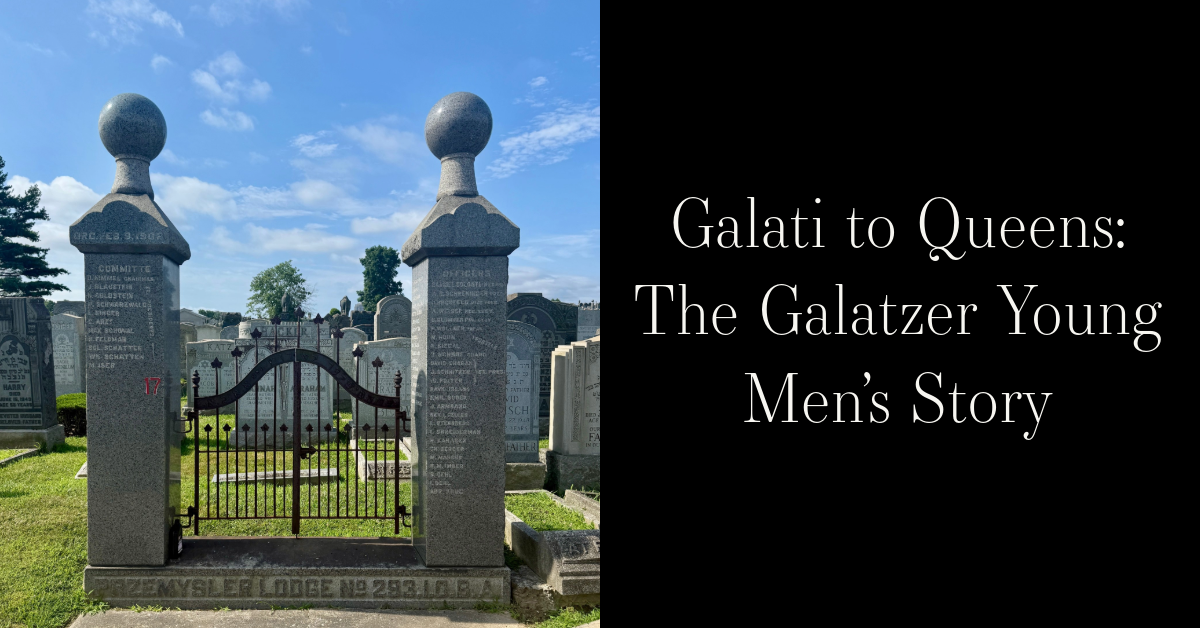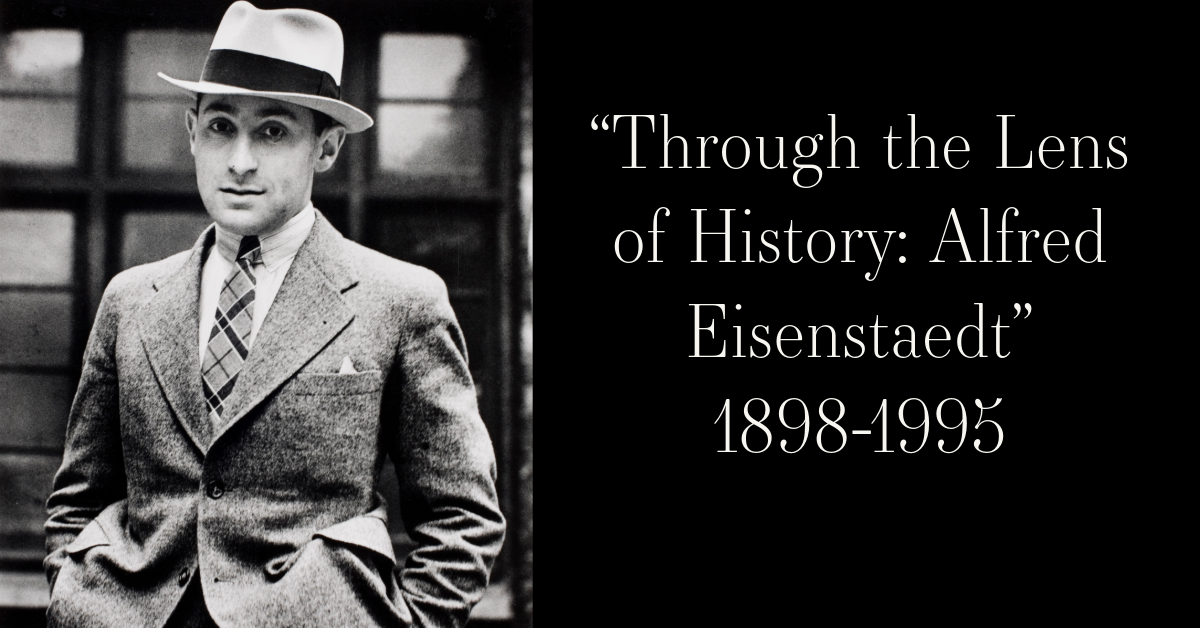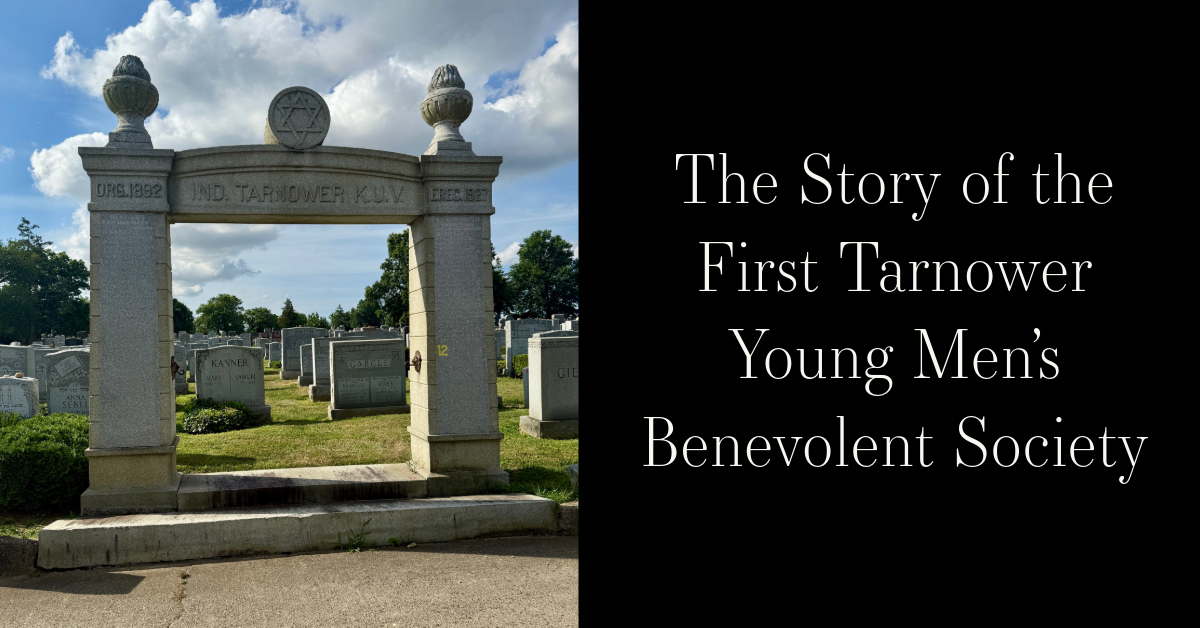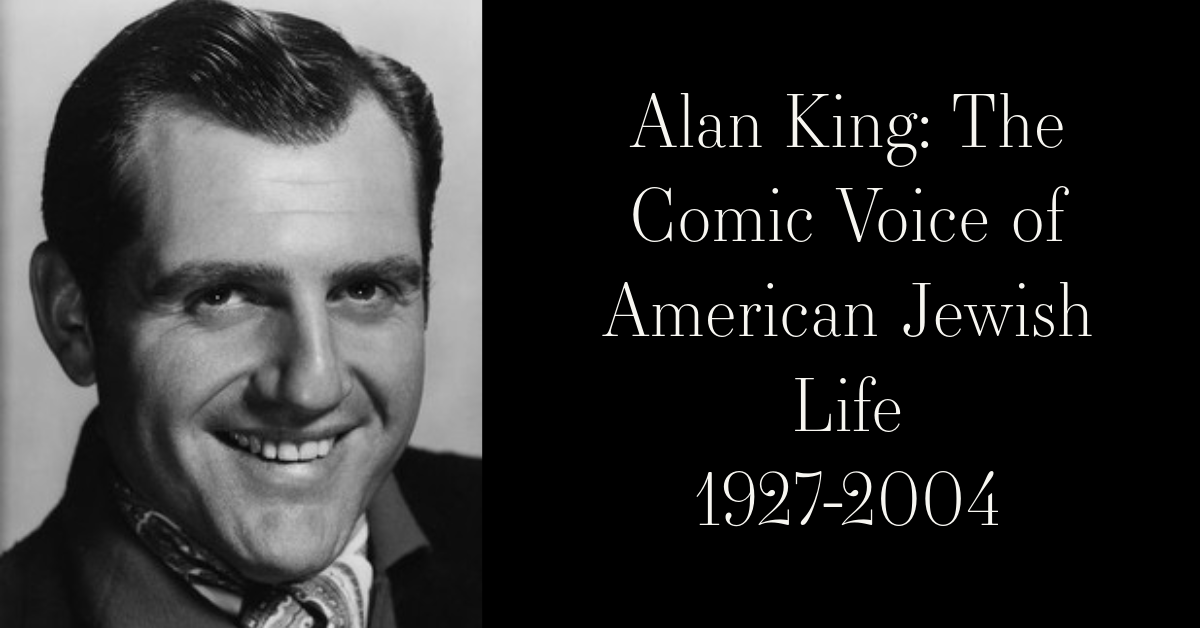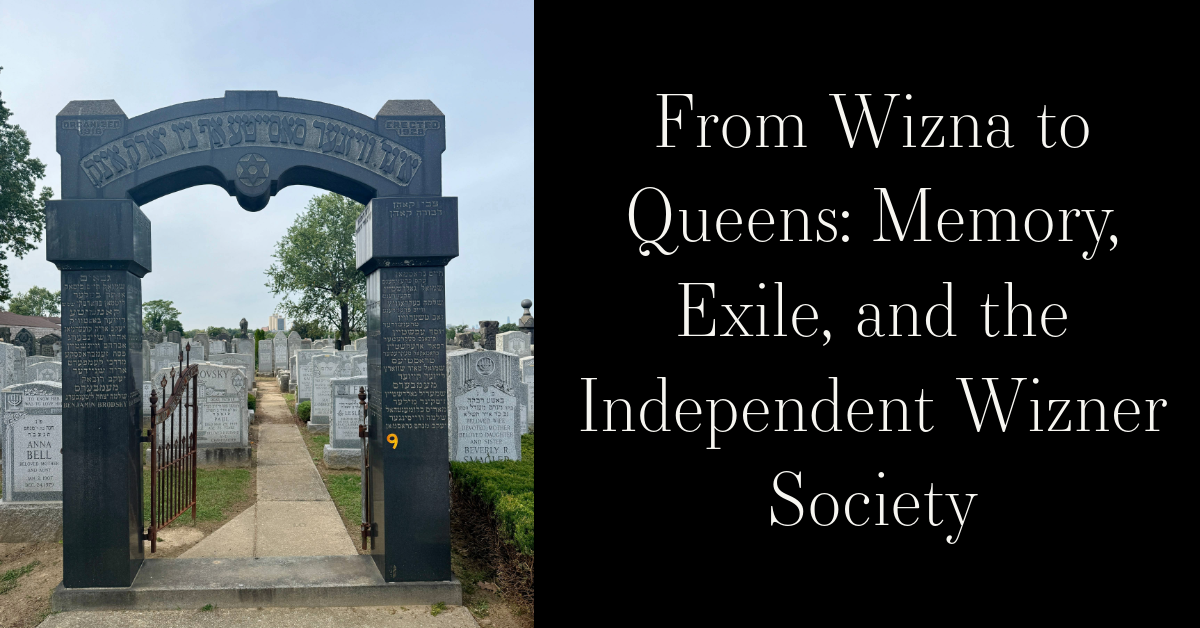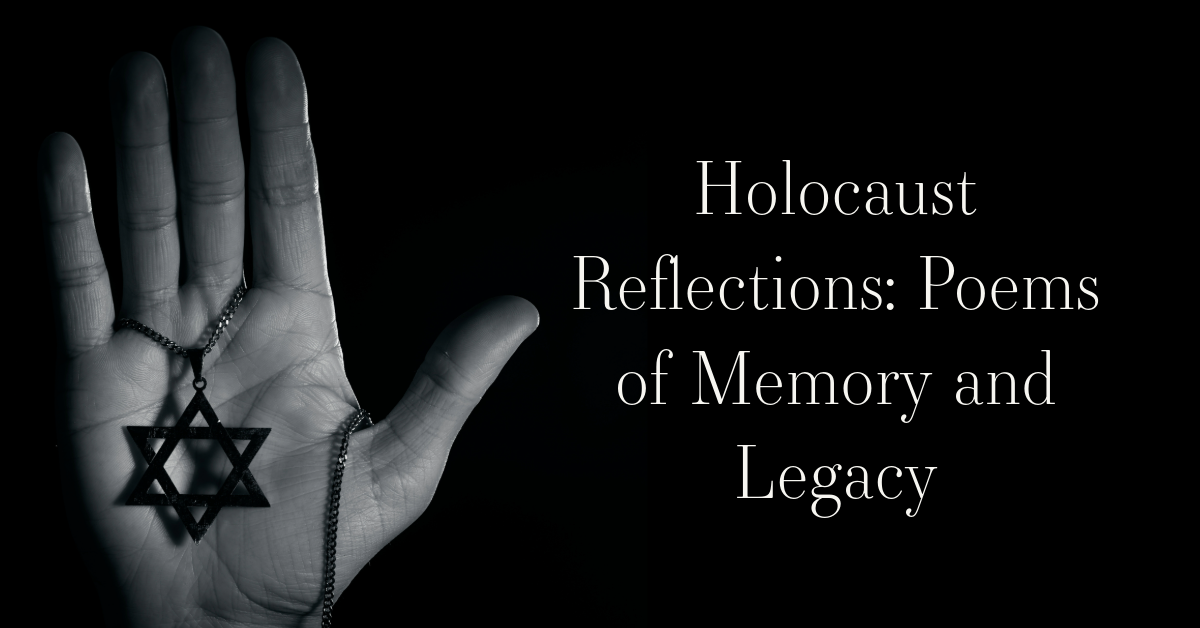Story Summary:
The 1st Hrubishower Sick and Benevolent Blog was established in 1904 in New York by immigrants hailing from Hrubishov (Hrubieszow), Poland. The society provided sick and death benefits to its members. They have subsidized burial at Mt. Zion, Mt. Hebron, and Montefiore Cemeteries. Jewish settlement in Hrubieszow dates to the mid-1400s, with many working in trade. The town and its community suffered greatly from the Tatar invasions, Cossack invasions, 1863 Polish uprising, and the 1736 town fire. Despite this, the community persevered, establishing various religious and education institutions, and contributing to the town's industrial development. Hrubieszow's Jewish community perished under German occupation. Their memories live on. ~Blog by Olivia Scanlon
1st Hrubishower Sick and Benevolent Blog
The 1st Hrubishower Sick and Benevolent Blog was established in 1904 in New York by immigrants hailing from Hrubishov (Hrubieszow), Poland. The society provided sick and death benefits to its members. They have subsidized burial at Mt. Zion, Mt. Hebron, and Montefiore Cemeteries.
Hrubieszow is located in the Chelm region. A document from 1400 declares Brubieszow for the first time as a town. Jewish settlement began near the mid-1400s. At this time, they mostly worked in trade with the East (sold cattle and oxen for colonial goods). A 1578 charter granted by King Stefan Batory permitted them to build their religious institutions, including a synagogue. Jews were also allowed to engage in professions of craft, sell meat, and open shops/breweries. From 1498-1500, in 1502, 1506, 1523, and 1526, the town was repeatedly destroyed after being invaded by the Tatars. The community suffered greatly during the invasion of the Cossacks in 1648 and the Polish uprising of 1863. Despite these hardships, the Jewish community of Hrubieszow persevered. In 1564, there were about 40 Jews in Hrubieszow. This number grew to about 700 by 1765, over 2900 by 1827, and about 7000 during the interwar period (1918-1939).
The Jews of Hrubieszow faced severe economic hardships during the 17th century as a result of heavy tax burdens and payments. A 1736 fire caused severe damage to the town, consuming the synagogue, the bath house, and multiple homes. In 1772, the town fell under Austrian rule. In 1789, a Jewish school opened in the town. The early 19th century brought the first printing house, with Moshe Tzikor of Laszczow and Goldshteyn of Hrubieszow being the leading experts in printing (by 1826, 34 books had been approved by the Hrubieszow censor and printed). The 1578 synagogue was also rebuilt. At the turn of the 20th century, the community was maintaining 2 metal factories, one candle shop, one oil factory, three mills, and various artisan guilds. The hospital (supported by charity and income from the bath house) was expanded to include three buildings, and social activism became visible. Most children attended the government-sponsored schools, but some also attended Hadarim and the Talmudel Torah (Hebrew and Yiddish speaking schools). The community also maintained two libraries, a drama and literature club and a sports team.
In September 1939, the town was occupied by the Germans. It was retaken by the Poles, and then later occupied by the Soviets. Following the Molotov-Ribbentrop Pact, the Germans reoccupied the town. Hrubieszow’s Jews were immediately taken in for forced labor. The cemetery (located on Ulica (Street) Krucza was also vandalized. In December of the same year, about 1000 men (aged 15-60) were taken to River Bug. Many were either killed or drowned while crossing the river. The remainder were taken back to Hrubieszow.
In 1940, a ghetto was established in which 6000 Jews (from Hrubieszow, Grabowiec, Dubienka, and Bialopole) were forced to relocate into. Jews 12 years of age and up were required to wear a white Star of David armband. Shortly after, a Judenrat with 12 members was created. Four labor camps were also built. On August 13th, 1940, about 600 were taken to the Belzec labor camp. Taking into account incomers, by May of 1942, there were just over 5600 people in the ghetto. In June 1942, over 3000 people were rounded up and deported to the Sobibor death camp. Another 500 were sent to Sobibor later that month. By this time, about 2500 remained. In October 1942, about 2000 were sent to Sobibor. In September 1943, the ghetto was liquidated. Those remaining were transferred to the Budzyn camp (a few managed to escape to the forests). Only two stones remain in their original place in the cemetery. Today, a monument stands commemorating Hrubieszow’s Holocaust victims.
https://archives.cjh.org/repositories/7/resources/22396
https://www.jewishgen.org/yizkor/Hrubieszow/hru021.html
https://www.holocausthistoricalsociety.org.uk/contents/ghettosa-i/hrubieszow.html
https://www.jewishvirtuallibrary.org/hrubieszow
https://www.jewishgen.org/yizkor/Hrubieszow/hru091.html
https://www.holocausthistoricalsociety.org.uk/contents/jewishaccounts/hrubieszowdeportation.html
https://iajgscemetery.org/eastern-europe/poland/hrubieszow-i-a-ii
~Blog by Olivia Scanlon


